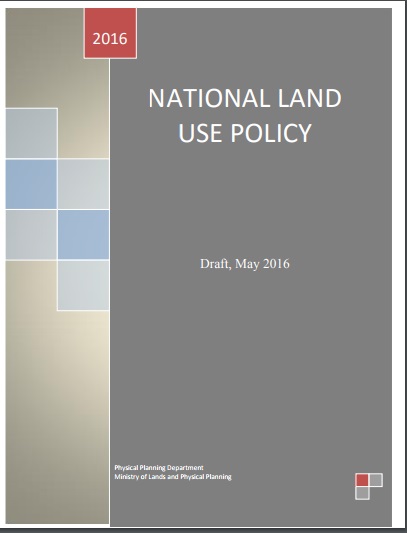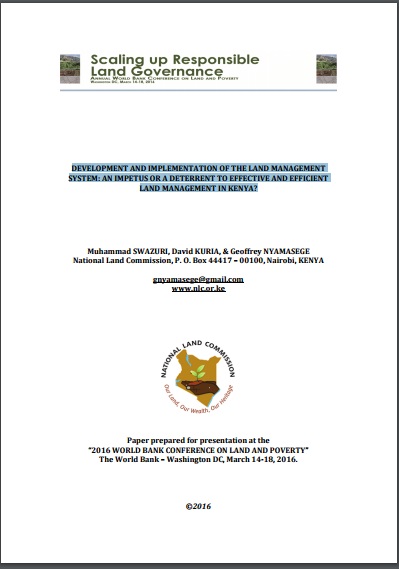Learning and teaching in the regional learning environment : enabling students and teachers to cross boundaries in multi-stakeholder practices
Finding solutions for complex societal problems requires cross-boundary collaboration between multiple stakeholders who represent various practices, disciplines and perspectives. The authentic, multi-stakeholder Regional Learning Environment (RLE) is expected to develop higher education students’ capabilities for working in multi-stakeholder settings. However, the effectiveness of the RLE, including its typical cross-boundary learning environment characteristics, has not been investigated.









